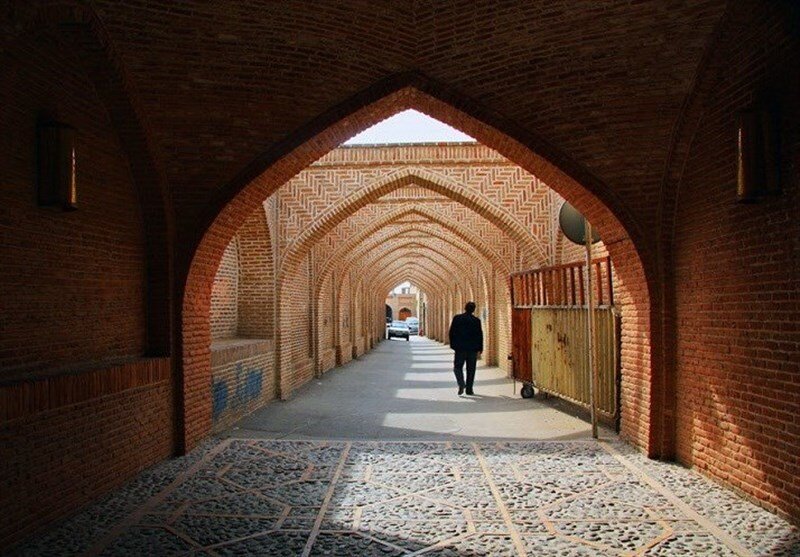Historical core of Shiraz to be more protected

TEHRAN – The historical texture of Shiraz, which was Persia’s capital under the rule of Karim Khan Zand in the 18th century, in southern Fars province, is planned to be more protected and preserved, the provincial tourism chief has said.
“Preservation of cultural heritage and historical landmarks paves the way for the transformation of the nation's economy,” Seyyed Moayyed Mohsen-Nejad explained on Sunday.
one of the important missions of the province’s cultural heritage department is to protect and conserve cultural heritage sites and landmarks, he added.
In this regard, the Ministry of Cultural Heritage, Tourism and Handicrafts, along with the effort of the provincial authorities, succeeded in registering the historical texture of Shiraz on the national list for cultural heritage, he noted.
By achieving this great success, this valuable historical texture of Iran and the world will be more protected and conserved than ever, he mentioned.
He also noted that public awareness and education about the benefits of protecting cultural heritage landmarks and sites can have an effective impact on public opinion and can unite different groups of society under the common goal of preserving cultural heritage.
“Universities can play a significant role in disseminating cultural heritage by promoting and encouraging thinking in this respect.”
He also emphasized that utilizing the capacity of universities to promote scientific and principled executive activities is one of the most important elements of progress and development.
Covering an area of 360 ha, the historical texture of Shiraz is home to some 2910 historical sites, buildings and monuments, of which 410 has been registered in the national list for cultural heritage.
Celebrated as the heartland of Persian culture for over 2000 years, Shiraz has become synonymous with education, nightingales, poetry and culture. It was one of the most important cities in the medieval Islamic world, when many of its most beautiful buildings were built or restored.
In an interview conducted last year, a cultural heritage expert, Siamak Basiri, said: “The historical texture of Shiraz holds potential to be registered on the UNESCO World Heritage list but it has not yet been registered on the national heritage list, and that is one of the prerequisites for gaining a UNESCO tag.”
“The historical texture of Shiraz is one of the richest in Iran and even in West Asia due to its relative coherence and unique architectural features,” Basiri said.
There is a wide range of historical monuments in this area dating back to the Safavid and Qajar eras, as well as the Pahlavi period, he added.
“Antiquity and lack of adequate budgets have caused the historical texture to undergo a process of destruction and degradation during the past two decades, however today, with the participation of the private sector, many cases of restoration and protection have taken place.”
Shiraz is home to some of the country’s most magnificent buildings and sights. Increasingly, it draws more and more foreign and domestic sightseers flocking to this provincial capital.
Eram Garden, Afif-Abad Garden, Tomb of Hafez, Tomb of Sa’di, Jameh Mosque of Atigh, and Persepolis are among the historical, cultural, and ancient sites of Shiraz that are of interest to domestic and foreign tourists.
The UNESCO-registered Persepolis, also known as Takht-e Jamshid, whose magnificent ruins rest at the foot of Kuh-e Rahmat (Mountain of Mercy), was the ceremonial capital of the Achaemenid Empire. It is situated 60 kilometers northeast of the city of Shiraz in Fars Province.
Shiraz is also home to some magnificent historical gardens such as Bagh-e Narenjestan and Eram Garden, which are top tourist destinations both for domestic and international sightseers.
UNESCO describes the Persian Garden as an idea that combines natural elements with manmade components to materialize the concept of Eden or Paradise on Earth.
SAB/
